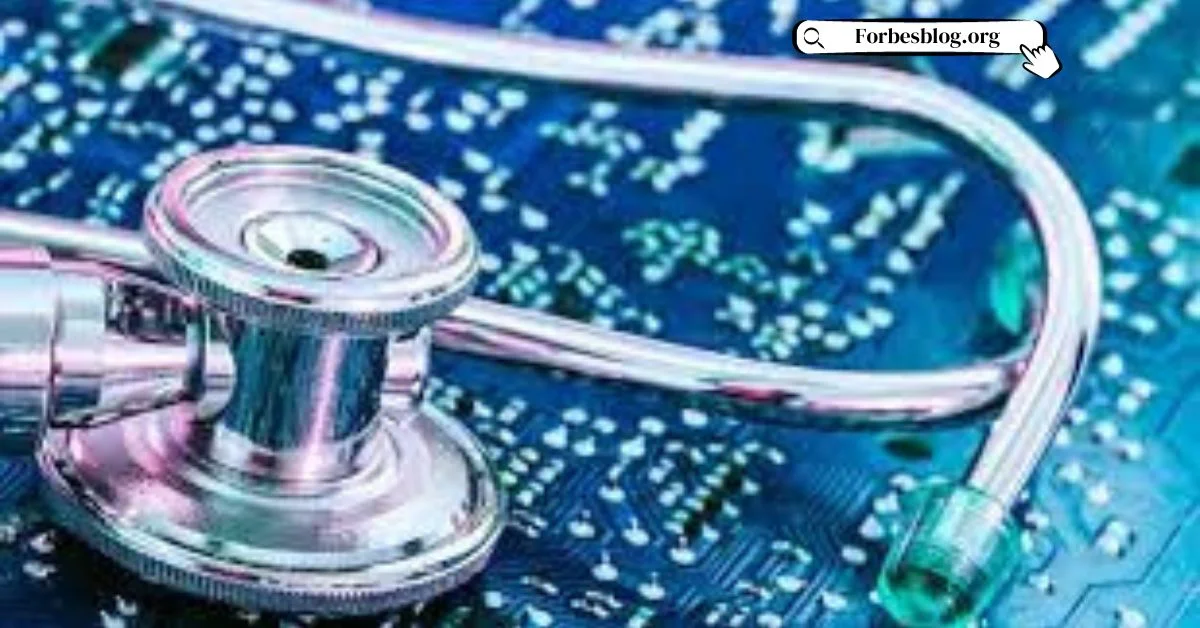Technological advancements in the healthcare industry are changing how doctors treat their patients. Medical institutions and healthcare facilities worldwide have begun to implement new technologies to make patient care much more efficient and easier for physicians, nurses, and other hospital staff. Harnessing the power of technology in the medical field is helping hospitals save lives and reduce patient discomfort while making it possible to provide better treatments than ever before.
Here are thirteen ways technology is improving patient care:
-
Table of Contents
Wearable Tech Helps Monitor Patients’ Health
Wearable devices, such as Fitbits or Apple Watches, track people’s steps taken during the day. They can also be used to monitor their heart rates, blood pressure, and other key indicators of a person’s overall health. These wearable devices help patients stay active and motivated throughout the year, which helps keep them healthy and lowers the risk of developing certain diseases.
-
Smartphones Make It Easier To Connect With Doctors
Smartphone apps can now connect patients with doctors in real-time through video calls. Physicians can use these applications to communicate directly with patients who may not be able to make it into the office during regular business hours. As a result, they can address concerns and answer questions right away rather than wait until regular business hours resume.
-
Virtual Reality Makes Hospital Visits More Comfortable
Technology in nursing is also advancing rapidly, with robots and other machines that perform tasks like checking vitals and cleaning wounds. Hospitals are using virtual reality headsets to make patients feel less isolated during their time at the facility. The headsets allow patients to travel virtually anywhere they want without leaving the hospital bed or being confined to a single room.
-
Telemedicine Allows Doctors to Treat Patients
Telemedicine is an emerging field that uses telecommunications to access information from patients and transmit it remotely to physicians and health care professionals. It allows physicians to deliver life-saving treatment to remote populations. In addition, telemedicine reduces the need for costly emergency room visits to address minor injuries and illnesses.
-
Laser Scanners Can Detect Cancerous Tumors Before They Grow In Size
Laser scanners can detect cancerous tumors to prevent them from growing rapidly and causing serious damage. This type of equipment can identify malignant cells on a patient’s body. It can determine if they are likely to spread or grow larger. This allows physicians to intervene immediately and begin the necessary treatment for a patient’s condition.
-
3D Printing Improves Medical Device Design
Medical devices often require highly complex designs that are difficult to create using traditional manufacturing techniques. However, 3D printing has enabled manufacturers to develop smaller, more efficient devices better suited to delivering specific treatments. In addition,3D printers can also produce custom prosthetics that conform to each patient’s needs and physical characteristics.
-
Artificial Intelligence Enables Better Diagnosis
Artificial intelligence is making it easier for physicians to make accurate diagnoses. For example, a patient can take a picture of his skin rash using a smartphone app. Then, artificial intelligence can analyze the picture and conclude the nature of the inflammation and what might be causing it. This technology can also expedite diagnosing cancer and other diseases since physicians can often obtain a preliminary diagnosis based on an image taken by a smartphone camera.
-
Robots Can Help Patients Learn to Use Prosthetic Limbs
Robotic exoskeletons can assist people who have lost limbs in the recovery process. These mechanical braces aim to mimic the movements of a human limb so that patients can move again. In addition, robotic exoskeletons are also under development to help patients regain control over their muscles after suffering a stroke or spinal cord injury.
-
Apps Allow Doctors to Send Prescriptions Over Mobile Devices
Apps allow physicians to send prescriptions electronically to pharmacies instead of manually writing out prescriptions every time they need to issue one. In addition, apps allow doctors to discuss a patient’s symptoms and recommend treatment options through text messages and over the phone. These apps can also notify patients when it is time to refill medications or schedule follow-up appointments with their primary physician.
-
Computer Software Automates Many Medical Procedures
Computer software can help streamline many processes involved in administering and managing hospital care. For instance, computer software can collect patient data and store it in electronic medical records. This information is easily accessible to all relevant individuals who need it, including physicians and nurses. Computer programs can also help doctors organize their workloads better to allocate their time.
-
Electronic Health Records Allow Doctors to Share Information Across Multiple Facilities
Electronic health records allow physicians to access and share data from multiple facilities and healthcare professionals. Doctors can review a patient’s record at another facility or speak with specialists across the country without physically transporting a patient’s file. EHRs also make it easier to track patients’ progress and provide information to new physicians working with the same patient.
-
Internet-Connected Medical Devices Monitor Patients’ Conditions
If a patient’s condition changes, internet-connected medical devices can monitor patients’ conditions and send alerts to care providers. For example, a sensor embedded under a patient’s mattress can detect abnormal heartbeats, and an alert can be sent to a doctor’s office via text message. Similarly, sensors in a patient’s home can detect falls and notify care providers.
-
Virtual Reality Can Be Used to Train Nurses
Virtual reality can train nurses without putting them at risk for injuries while performing certain procedures. By wearing VR goggles and gloves, nurses can visualize the steps involved in a procedure and practice performing it before taking part. Nurses can also simulate different types of emergencies using the technology.
Final Words
The future of medicine is incredibly promising, especially when you consider the advancements that have already taken place. By implementing innovative technologies into their practices and using them to improve the quality of care they provide, modern-day physicians can treat their patients more effectively and efficiently than ever before. Physicians need to embrace these emerging technologies and other innovations that may emerge in the years to come. Consequently, they will enable them to treat their patients more effectively and provide better outcomes.






